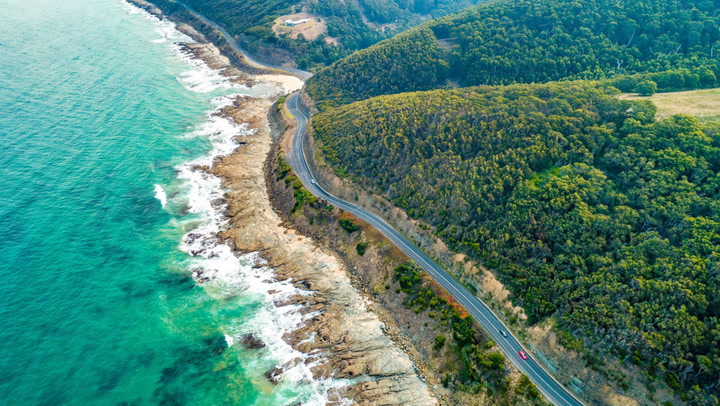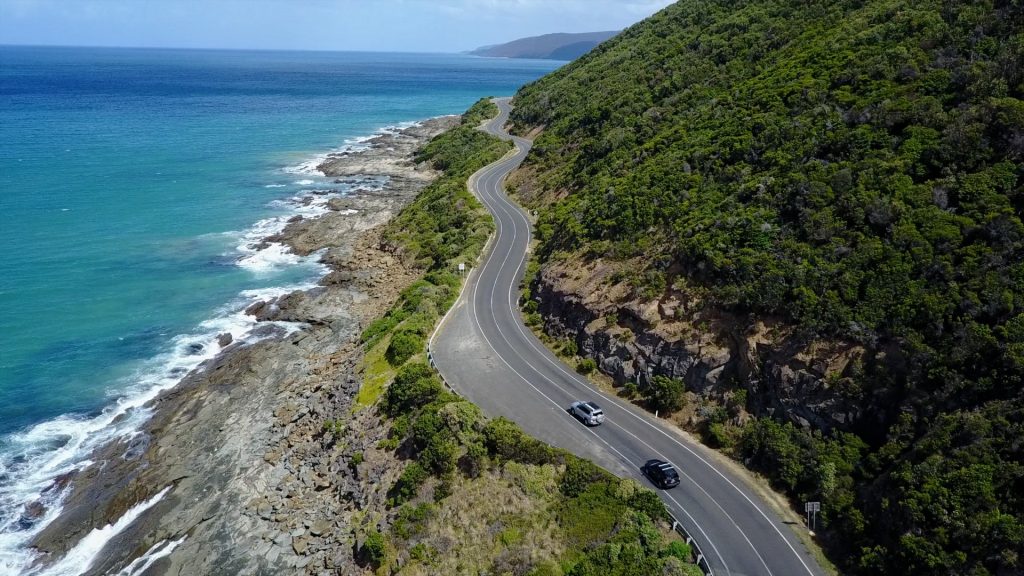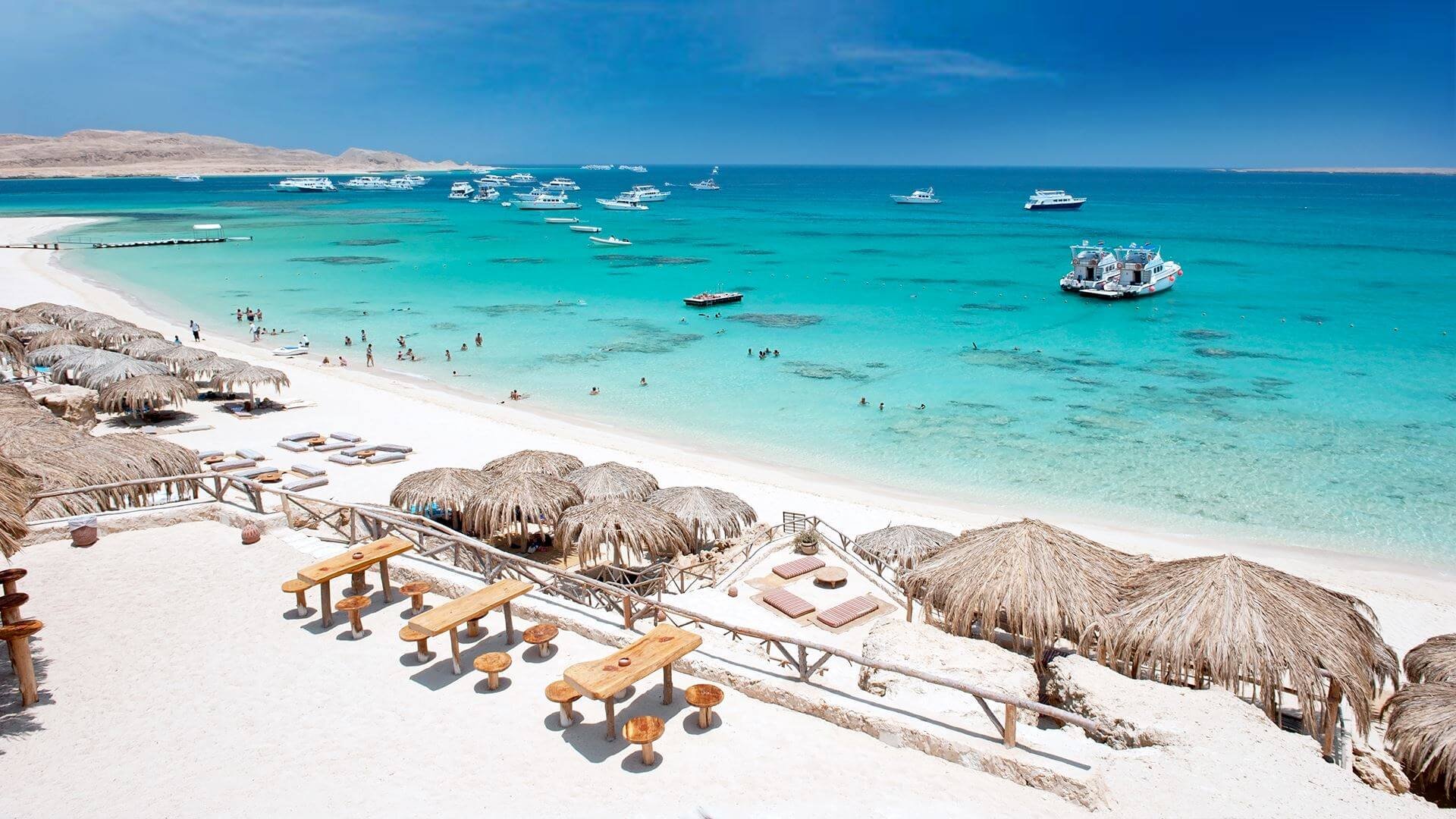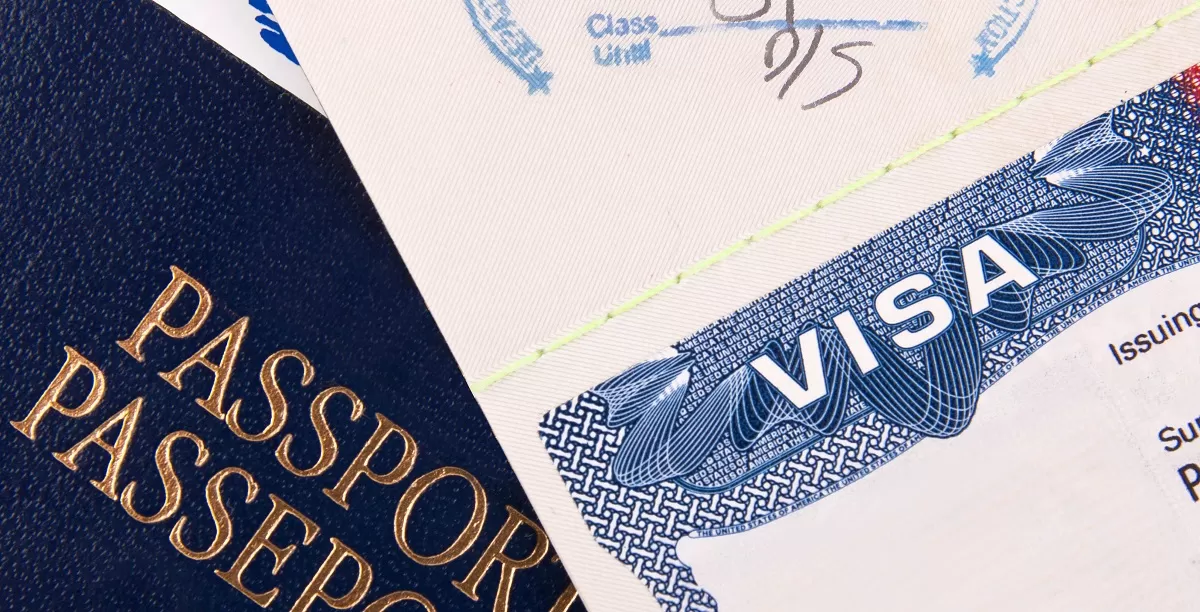The time it takes to drive around the world varies depending on factors such as your chosen route, driving speed, and stops along the way. In a theoretical scenario where you maintain a consistent speed of 60 miles per hour (96.56 kilometers per hour) without any stops, it would take approximately 22,667 hours, which translates to about 944 days or a little over 2.5 years. However, this calculation doesn’t account for border crossings, rest breaks, road conditions, and other logistical challenges. In reality, a round-the-world road trip could take several years to complete. It’s an epic adventure that requires extensive planning, a sense of adventure, and a love for exploration.
How Do Factors Like Route And Road Conditions Impact A Global Road Trip’s Duration?

Factors like route and road conditions have a significant impact on the duration of a global road trip.
Route Choice
Distance and Geography: The selection of your route plays a crucial role. A direct route will lead to a shorter trip, while a more circuitous path with detours and scenic diversions can extend the journey.
Geographical Challenges: Traveling through various terrains, such as mountains, deserts, or dense forests, can slow down the trip due to varying road conditions and the need for extra caution.
Border Crossings and Entry Requirements: Delays at border crossings, especially in regions with complex immigration procedures, can add substantial time to your trip.
Road Infrastructure: The quality of roads matters. Smooth, well-maintained highways allow for faster travel, while potholed or unpaved roads can significantly slow your progress.
Road Conditions
Terrain and Climate: The type of terrain you encounter and local climate conditions play a role. Hilly or mountainous areas can lead to slower driving due to steep inclines and winding roads. Harsh weather conditions, such as heavy rain or snow, may also impact road conditions.
Traffic and Congestion: Traffic, whether in urban or rural areas, can slow down your journey. Navigating through busy cities and encountering traffic jams can extend travel time. Even in rural regions, you may face congestion due to roadwork, events, or local customs.
Safety and Security: Safety concerns or a high risk of accidents may require driving more cautiously, reducing speed and overall progress. Passing through security checkpoints can also affect the duration of your trip, as inspections and waiting times may be required.
What Are Popular Global Road Trip Routes And Their Estimated Durations?
Discover famous road trips worldwide and how long they might take. From the grand Pan-American Highway to the ancient Silk Road, these routes offer exciting journeys for travelers.
Pan-American Highway
Overview: The Pan-American Highway is one of the most renowned long-distance routes, traversing the Americas from the northern tip of Alaska to the southern tip of Argentina. It offers a diverse range of landscapes and cultures.
Estimated Duration: While the entire route covers about 19,000 miles, the duration of a Pan-American road trip can vary widely. Travelers often take anywhere from 6 to 12 months to complete the journey, allowing time for exploring attractions and regions along the way.
Trans-Siberian Highway
Overview: This route takes adventurers across the vast expanse of Russia, from St. Petersburg in the west to Vladivostok in the east. It offers a unique insight into Russia’s diverse landscapes and cultures.
Estimated Duration: A typical Trans-Siberian road trip can take 2 to 3 weeks to complete. The exact duration depends on factors like the speed of travel and the number of stops made along the route.
Silk Road
Overview: The Silk Road is a historical trade route that extends from Xi’an, China, through Central Asia, and ends in Istanbul, Turkey. Travelers can explore ancient cities, stunning landscapes, and a tapestry of cultures.
Estimated Duration: A comprehensive journey along the Silk Road can range from 2 to 4 months. The duration can vary depending on how much time is spent exploring the numerous attractions and historic sites along the route.
Around Australia:
Overview: This road trip takes you on a journey around the vast and diverse continent of Australia. It offers opportunities to experience the outback, coastal beauty, and vibrant cities.
Estimated Duration: Travelers often take 3 to 6 months to circumnavigate Australia. The duration can vary based on the number of stops made to explore the country’s unique regions.
African Safari
Overview: The African Safari road trip starts in Cairo, Egypt, and ends in Cape Town, South Africa. It’s a journey through varied African landscapes, wildlife, and cultures.
Estimated Duration: The duration for this road trip varies, with many travelers taking 3 to 6 months to complete the route. The time spent depends on the pace of travel and the desire to experience the rich diversity of Africa.
Trans-Canada Highway
Overview: This Canadian road trip spans from Victoria, British Columbia, to St. John’s, Newfoundland, taking travelers through the vast and diverse landscapes of Canada.
Estimated Duration: Travelers often complete the Trans-Canada Highway in 2 to 3 weeks. The duration can vary based on the number of stops to explore Canada’s natural beauty and cultural attractions.
Route 66
Overview: Route 66, known as the “Main Street of America,” takes travelers from Chicago, Illinois, to Santa Monica, California, through the heart of the United States. It’s a historic and iconic road trip.
Estimated Duration: While Route 66 covers around 2,400 miles, road trippers typically complete it in 2 to 4 weeks. The actual duration can be adjusted based on stops and detours to discover the nostalgia and history of the route.
How Many Hours Should I Drive Each Day On A Global Road Trip?
The ideal number of daily driving hours on a global road trip depends on various factors. Your personal comfort and stamina play a significant role, with some travelers content driving for 8-10 hours a day, while others prefer shorter stretches. Road conditions and terrain also influence your daily limit – challenging roads may warrant shorter driving days.
If your itinerary includes frequent stops for sightseeing or activities, it’s wise to plan for shorter driving hours to fully savor the journey. Safety should be paramount, so take regular breaks to prevent fatigue. A general guideline is to aim for 4-8 hours of driving per day, with flexibility built into your schedule.
Ultimately, your daily driving limit should align with your comfort, the nature of the terrain, and the experience you seek from your road trip. Enjoy the adventure at your own pace, and be open to unexpected discoveries along the way.
How To Ensure Safety On A Global Road Trip Journey?

Ensuring safety on a global road trip is paramount for a successful and enjoyable journey. Here are essential safety measures to consider
Vehicle Inspection: Before starting on your trip, thoroughly inspect your vehicle. Check the brakes, tires, engine, and all essential systems. Ensure your vehicle is in excellent working condition.
Emergency Kit: Pack an emergency kit that includes first-aid supplies, a flashlight, basic tools, a fire extinguisher, and essential medications. Don’t forget to carry a spare tire and the necessary tools for changing it.
Navigation and Communication: Have reliable navigation tools and maps, both digital and paper. Ensure you have a working cell phone with a charger or power bank for communication in case of emergencies.
Travel Insurance: Purchase appropriate travel insurance that covers health, vehicle, and travel-related issues. This is crucial for international journeys.
Local Laws and Regulations: Familiarize yourself with the driving laws and regulations of each country you’ll pass through. Know the speed limits, road signs, and any specific requirements.
Visas and Documentation: Ensure you have all the required visas, passports, and vehicle documentation for international travel. Keep these documents organized and readily accessible.
Health Precautions: Stay up to date on vaccinations and carry any necessary medications. Research health risks in the regions you’ll visit and take preventive measures accordingly.
Local Emergency Numbers: Know the emergency contact numbers for each country you’ll travel through. Have a list of these numbers easily accessible.
Travel Alerts: Stay informed about travel advisories and weather conditions in the regions you’re passing through. Make informed decisions based on this information.
Driving Alerts: Keep an eye on traffic and road condition updates, especially in regions known for challenging driving conditions.
Rest and Fatigue: Avoid driving when fatigued. Take regular breaks, stay hydrated, and get proper rest. Driver fatigue is a common cause of accidents.
Travel Companions: If possible, travel with a companion. This provides assistance in case of emergencies and ensures someone is alert while the other rests.
Local Currency: Carry local currency for tolls, fuel, and minor expenses, especially in remote areas where card payments might not be accepted.
Vehicle Security: Keep your vehicle secure when parked and use theft deterrents if necessary. Never leave valuable items in plain sight.
Environmental Considerations: Respect the local environment and wildlife. Follow guidelines for safe interactions with nature.
Cultural Awareness: Be aware of and respect local customs, traditions, and etiquette. Understanding local culture can enhance your safety and interactions.
Regular Check-Ins: Keep friends or family informed about your itinerary and check in with them regularly. Share your location and planned stops.
FAQ
How long would it take to drive around the world 10 times?
It would take a substantial amount of time to drive around the world 10 times. Assuming an average global circumnavigation takes about 100 days, driving around the world 10 times would require roughly 1,000 days, which is over two and a half years.
How far is it to travel around the world?
The Earth’s circumference is approximately 24,901 miles (40,075 kilometers). So, to travel around the world, you’d cover a distance of roughly 24,901 miles or 40,075 kilometers.
How long would it take to drive to the Moon?
Driving to the Moon is not possible as there are no roads or paths connecting Earth and the Moon. The distance to the Moon varies, but on average, it’s about 238,900 miles (384,400 kilometers).
How long would it take to drive to Pluto?
Driving to Pluto is also not feasible, as it’s a distant dwarf planet in our solar system. The distance to Pluto varies due to its elliptical orbit, but on average, it’s approximately 3.67 billion miles (5.91 billion kilometers) from Earth.
How long will it take to get to Mars?
Travel time to Mars depends on its position in its orbit relative to Earth. On average, a one-way trip to Mars takes about 9 months. However, it can be shorter or longer depending on the launch window.
Do we age faster in space?
Yes, astronauts in space age slightly slower than people on Earth due to the effects of both special relativity and general relativity. However, these effects are extremely small and not noticeable in daily life.
How long would a trip to Jupiter take?
The duration of a trip to Jupiter varies depending on its position in relation to Earth. On average, a one-way journey to Jupiter takes about 6-8 months.
How long would it take to get to Venus?
Travel time to Venus also depends on its position in its orbit. On average, it takes about 5-7 months to reach Venus. The actual time can vary depending on the launch window and spacecraft used.
Final words
Finally, a global road trip is an incredible adventure with a flexible timeframe. The time it takes to circle the globe by car depends on how fast or slow you’d like to go. Some choose a speedy journey lasting a few months, while others prefer a leisurely trip spanning several years. There are even record-breaking speed runs that aim to do it in under 100 days. The beauty of such a journey lies not just in the miles you cover, but in the diverse cultures and experiences you encounter. So, take your time or race against the clock—it’s your unique adventure!











